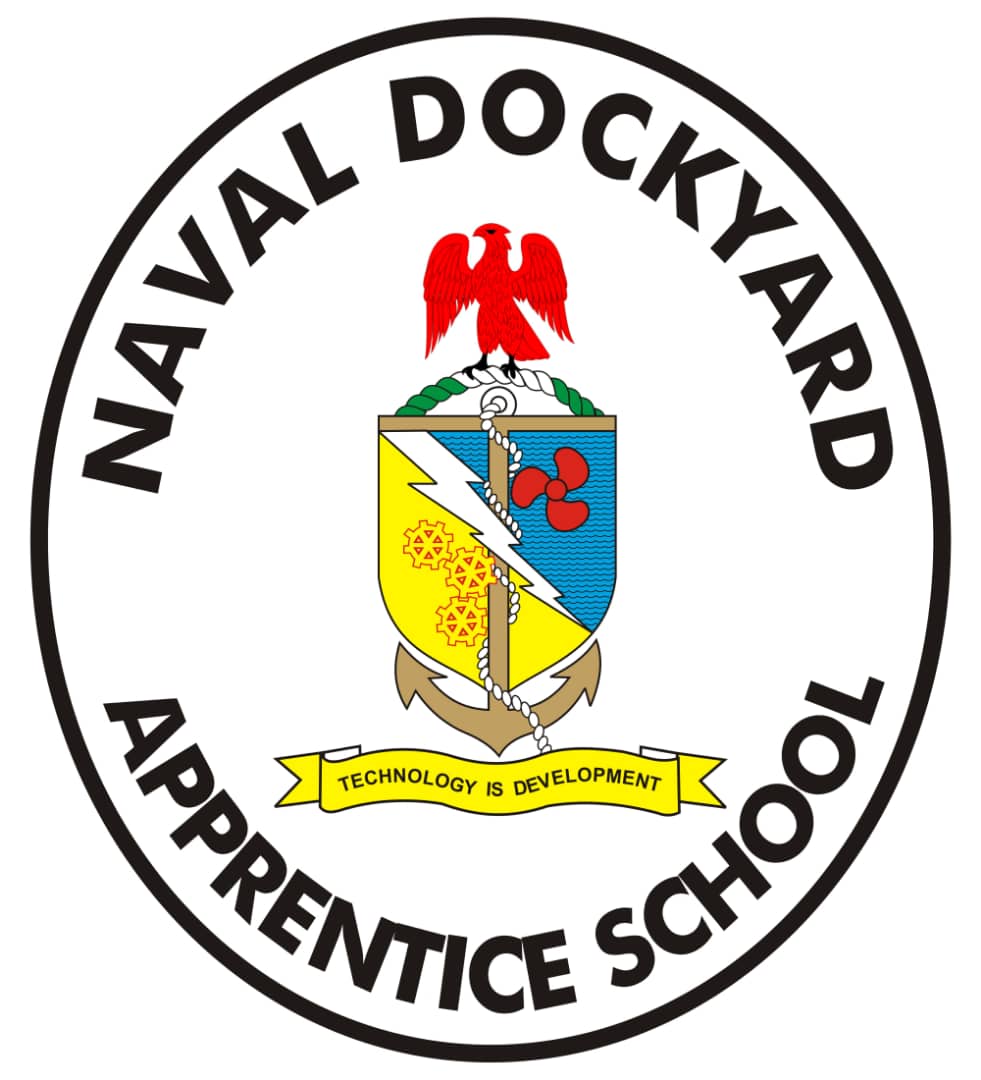
Electrical Electronics and Motor Rewinding
Electrical Electronics and Motor Rewinding
The Apprentices are poised to learn the design of an electrical power system on board the ship. This Course is taught with particular reference to the operation, maintenance, and provision of a secure power supply. Adequate built-in protection for the equipment and operating personnel are also paramount. The Electrical Course also introduced apprentices to the Festo Didatic Programmable Logic Controller (PLC). The Controller demonstrate and experiment speed control of electrical motor under different conditions of power supply and loads. The Controller also demonstrates prototypes of critical electrical installations onboard ships. These essential circuits include power control and distribution devices, automation circuits, remote control systems, safety devices, and fault detection techniques. Also, the Course involves the use of Multisim™ software to provide simulation, analysis, and Printed Circuit Board (PCB) tools for electrical circuit designs. The Controller and the Simulator are intended for those with excellent or limited knowledge of electrical systems. Experienced instructors are equally available to guide the apprentices, and thereafter the apprentices will undertake individual practice to demonstrate their competency and proficiency with the system. Another aspect of the electrical Course is motor rewinding. This Course is conducted in collaboration with the NDL Staff.
The Apprentices are poised to learn the design of an electrical power system on board the ship. This Course is taught with particular reference to the operation, maintenance, and provision of a secure power supply. Adequate built-in protection for the equipment and operating personnel is also paramount. The Electrical Course also introduced apprentices to the Festo Automation Programmable Logic Controller (PLC). The Controller demonstrates and experiments with starting and speed control of the electrical motor under different conditions of power supply and loads. The Controller also shows prototypes of critical electrical installations onboard ships. These essential circuits include control and distribution devices, automation circuits, remote control systems, safety devices, and fault detection techniques.
Also, the Course involves the use of Multisim™ software to provide simulation, analysis, and Printed Circuit Board (PCB) tools for electrical circuit designs. The Controller and the Simulator are intended for those with excellent or limited knowledge of electrical systems. Experienced instructors are equally available to guide the apprentices, and thereafter, the apprentices will undertake individual practice to demonstrate their competency and proficiency with the system. Another aspect of the Electrical Course is motor winding. Motor winding is conducted with the NDL Staff using the NDL workshop and facilities. The Course’s outline for Electrical Electronics and Motor Winding is highlighted as follows:
a. Multisim:
Introduction to multisim.
Multisim user interface. Placing components.
Simulation.
Virtual instrumentation. Grapher
Bill of materials.
b. Ultiboard:
Introduction to Ultiboard. Ultiboard user interface.
Creating a board outline.
Placing parts.
Dragging parts from outside the board outline.
Placing parts from the database.
Moving parts.
Placing traces.
Placing a manual trace.
Placing a ‘follow me’ trace. Connection machine trace. Auto part placement.
Auto routing trace.
Viewing design in 3D.
c. Electric Motor and Winding:
Principles of electricity.
Electric motor winding tool/materials.
Workshop and personal safety.
Types of windings.
Magnetic field creation and movement.
Electrical machine connections.
Measuring instruments and magnetic movement graph plotting.
Basic principles of motor control.
Lockout and tagout procedure.
Control panel devices.
Manual starters.
Contactors and control relays.
Current protection devices.
Specification reading.
Symbols, designations, and diagrams.
Basic control circuits.
Motor starters.
Two-wire and three-wire controls.
Manual reversing starters.
Reversing starters.
Multiple pushbuttons.
Jogging control circuits.
Friction brakes.
Motor starters with jogging.
Reversing starters with jogging.
Reduced AC voltage starters.
Soft starters.
Time relay circuits.
Time relays.
Plugging with time relays.
Primary resistor starters with time relays.
